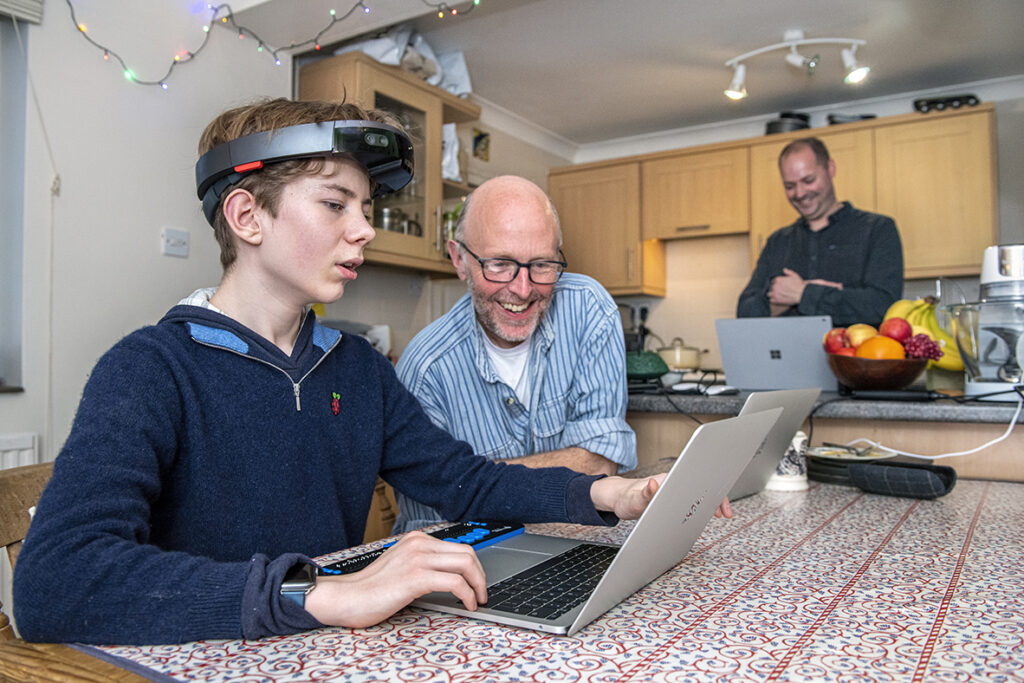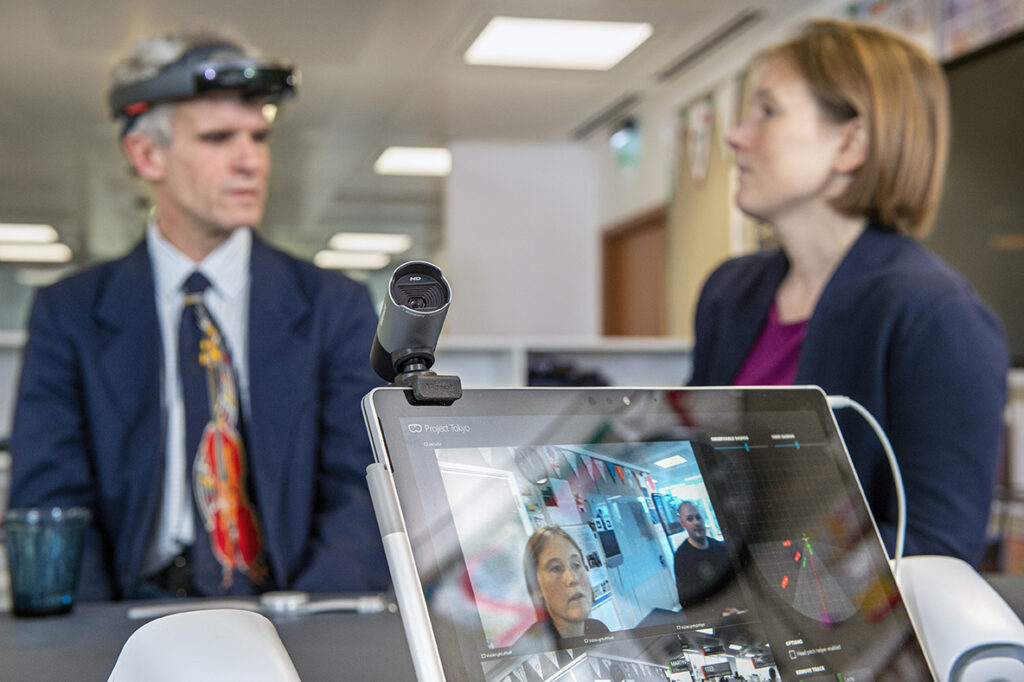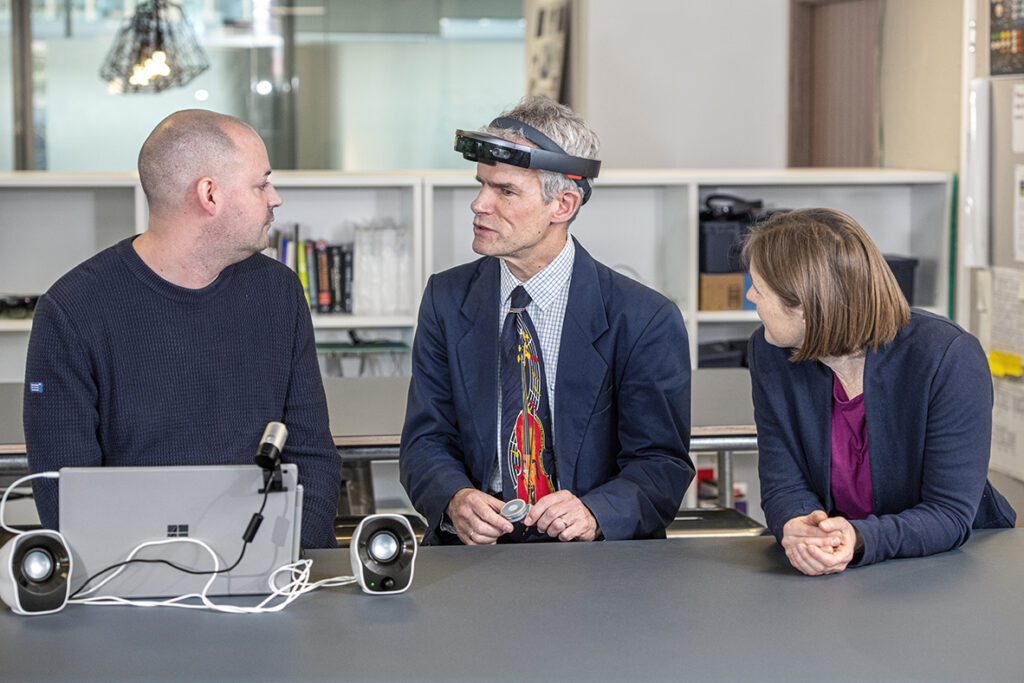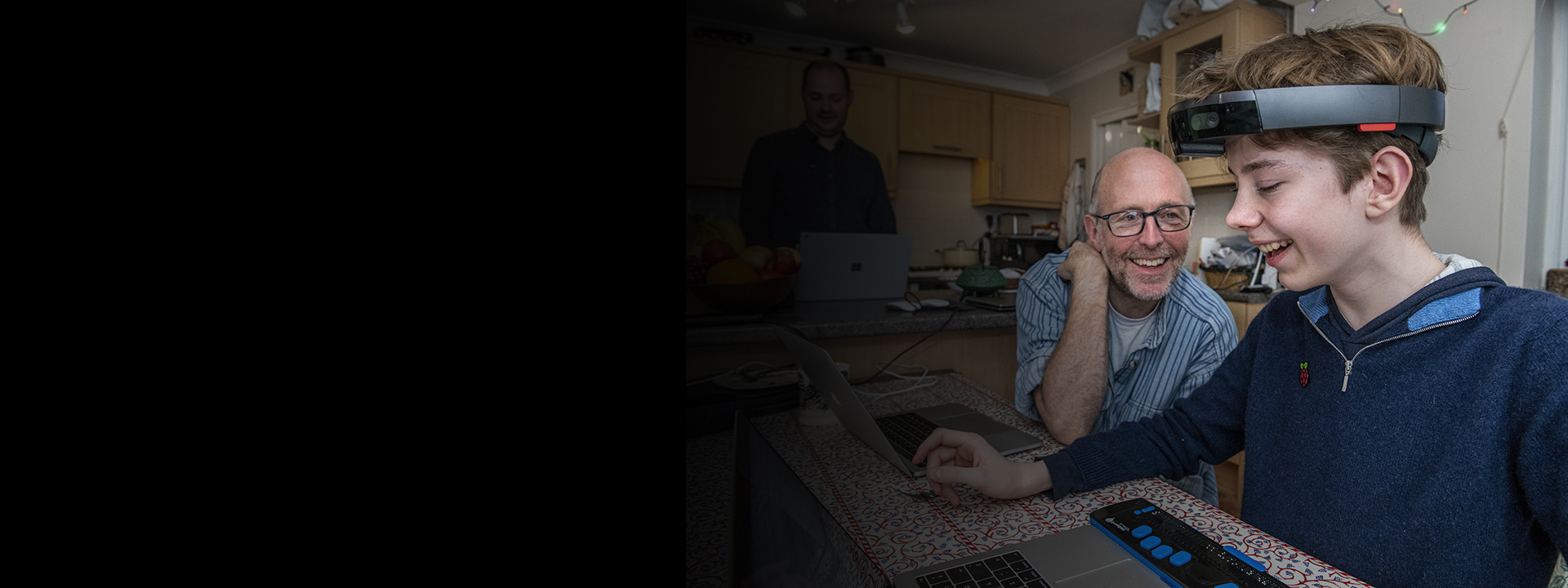Project Tokyo aims to understand how to create a visual agent technology that is both useful and usable in the real world by focusing on how AI technology can help to augment people’s own capabilities. Specifically, how can agent technologies amplify existing skills and abilities to help people do more? Project Tokyo explores these questions through human-centric technical innovation, partnering closely with users. The project has worked closely with people who are blind and low vision to concretely anchor our exploration into their needs, interests, and abilities. As early adopters of agent technologies, we have found that blind and low-vision users are particularly well suited for this research.
Project Tokyo has inspired a wide variety of research: Ethnographic work with Paralympic athletes and spectators guided system concept and design. Work with a team of blind and low-vision users helped to refine interaction approaches. Recent work is exploring how such a system might support blind children building up their social skills. Not least, we are researching how to customize such AI systems through machine teaching techniques so that they are right for the user, regardless of disability label.




